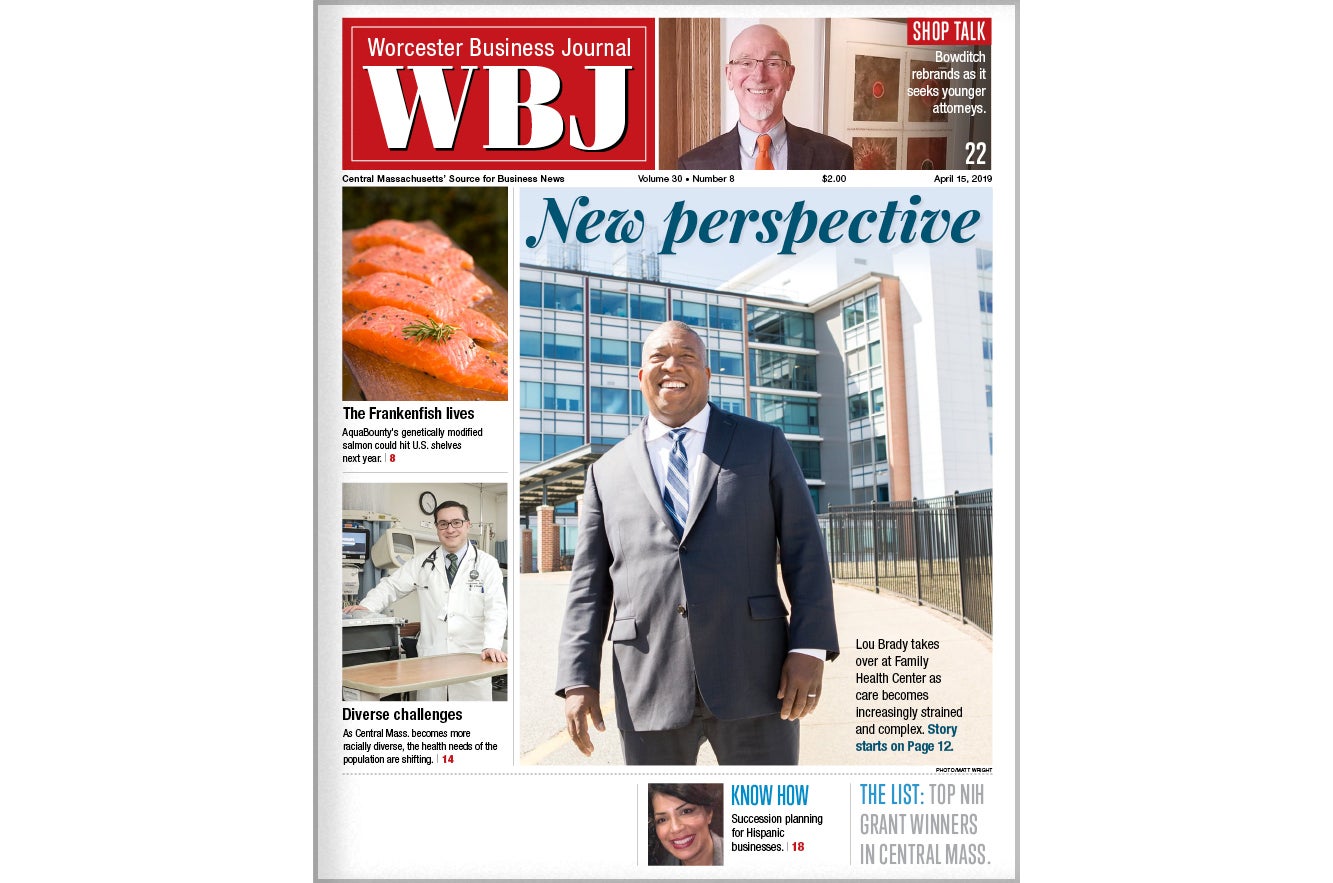Degree of debt
Local new hires are more apt to jump ship thanks to looming college loan payments
Havard, president of Bellingham-based Precision Detectors, a manufacturer of high-tech nanoparticle detectors and software used in the abrasives industry and in medical polymers, said he became increasingly aware of the fact that he was hiring, training and investing in recent college graduates, only to see them leave after a brief period in search of higher pay to service their ever-growing debt.
"Instead, within a few months, this individual was already looking to move on, which was a surprise to us," said Havard, whose company only employs about 11 people. "What we found was that this individual needed the money and had an enormous debt he'd generated educating himself."
Default difficulties
The average student graduating from a four or two-year, public or private institution is saddled with more than $15,000 in student loan debt, according to FinAid, an online source for financial aid information. The payment on a $15,000 loan paid back over 10 years with a 6.8 percent interest rate comes to about $172 per month.
Those monthly payments, combined with other expenses, can be hard to manage for recent graduates unaccustomed to life on a budget, said Daniel Asquino, president of Mount Wachusett Community College.
More than 10 percent of MWCC graduates end up defaulting on their loans, one of the highest rates in the state, according to the U.S. Department of Education (DOE).
Asquino said the numbers can be misleading, however. He said that the DOE default rate of 10 percent was based on a survey that only covered 427 graduates, 45 of whom were in default. He said the average total student loan at MWCC is about $1,800, far below the national average. The study also did not take into account how much each graduate was in default, Asquino said. He said the total amount of loans from MWCC currently in repayment was only $76,566, compared to hundreds of thousands or even millions of dollars at other institutions.
Still, the numbers are distressing to Asquino. He said the school makes every effort to first encourage students to find other means of financing their education, and then educate them about the realities and obligations of the debt they will assume upon graduation.
One of the new college grads with mounting debt is Brandon Paul, who will earn a degree in business management this month from Fitchburg State College. He transferred to Fitchburg State after two years at Mount Wachusett Community College.
In addition to a sheep skin, Paul also has close to $30,000 in student loan debt.
"(Borrowing) was the only way I could pay for school," Paul said.
He said he thinks he will be OK, and that the starting salaries at the jobs he has been looking at in the Malrboro area should cover his expenses, but admitted that the six-month deadline is hanging over him.
For his part, Havard is advocating for more partnerships between public institutions and private enterprise that can help lower the costs for students.
"The small companies don't have the resources from a time involvement and financial point of view," to get involved in creating the kinds of partnerships that might ultimately reduce costs and produce better employees, Havard said. "But it would behoove some of the bigger companies to look at that process."









0 Comments